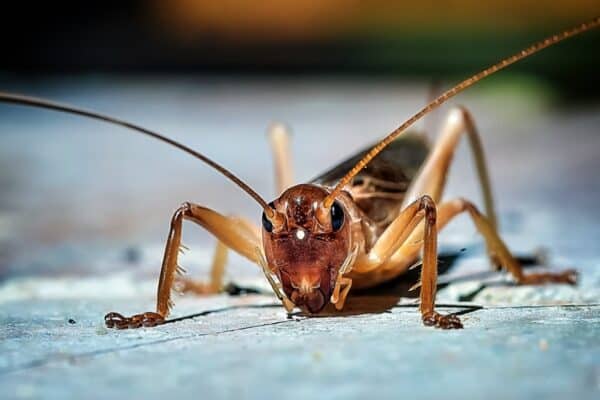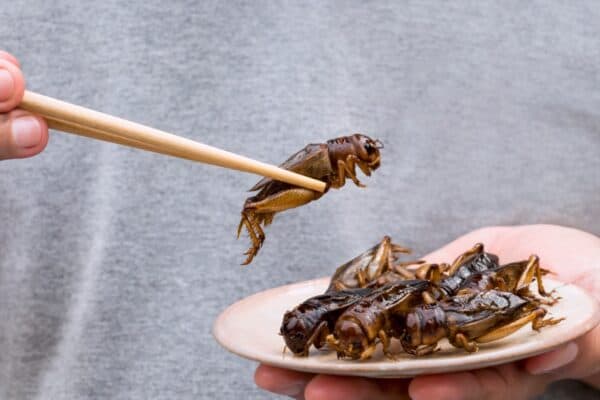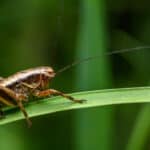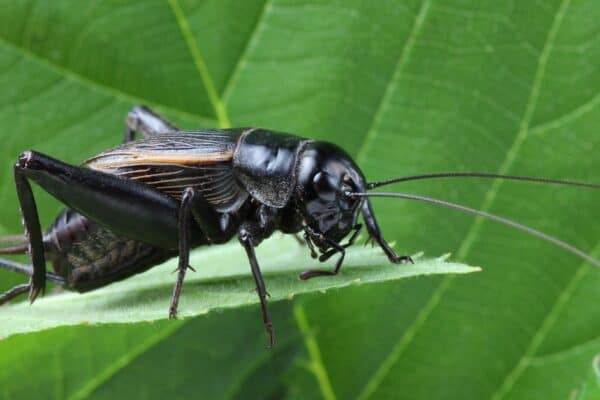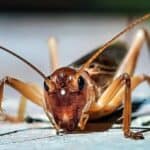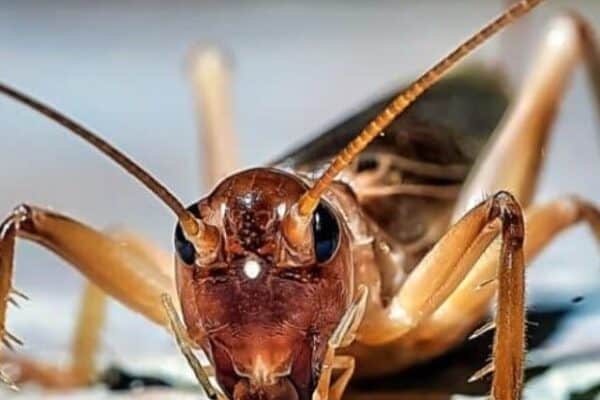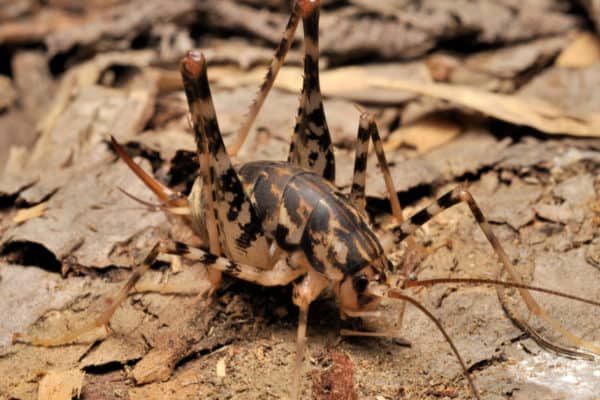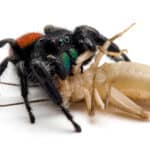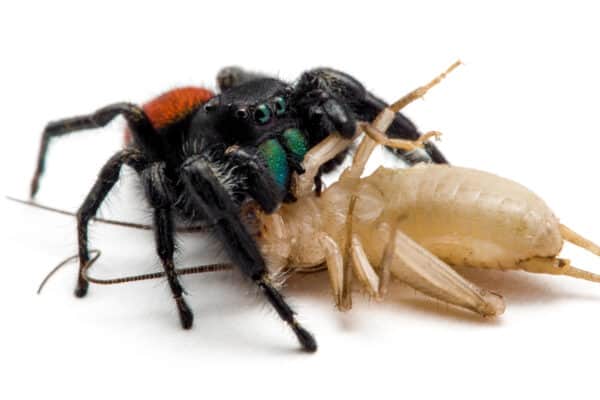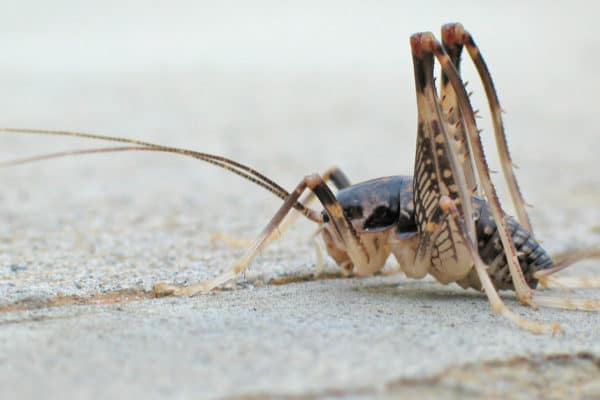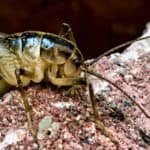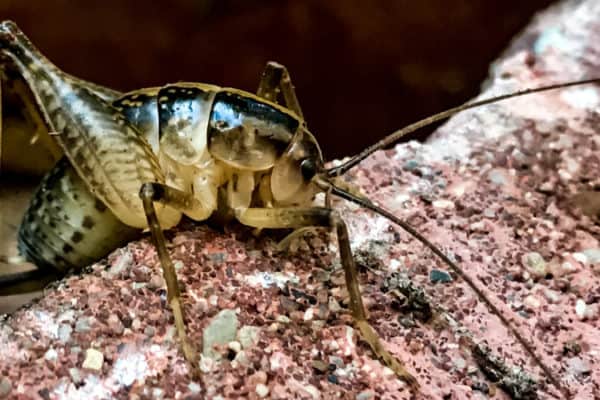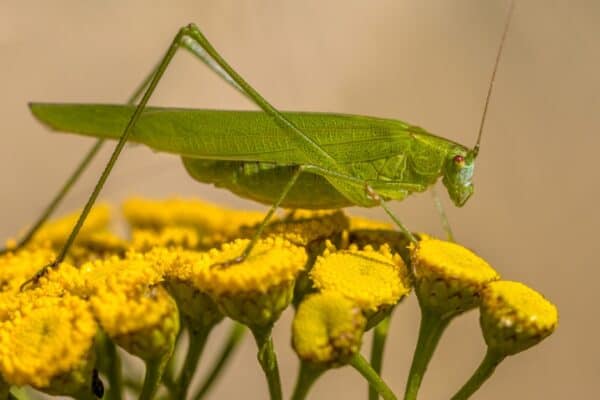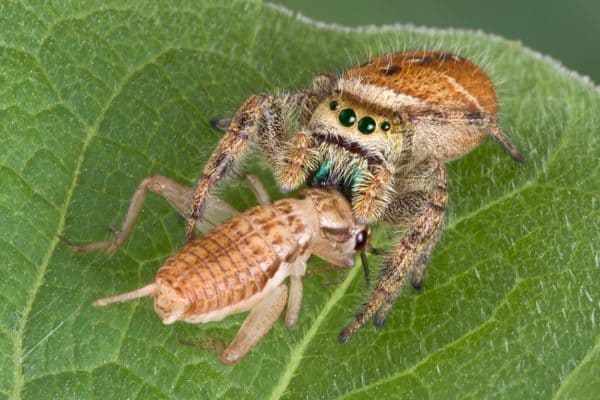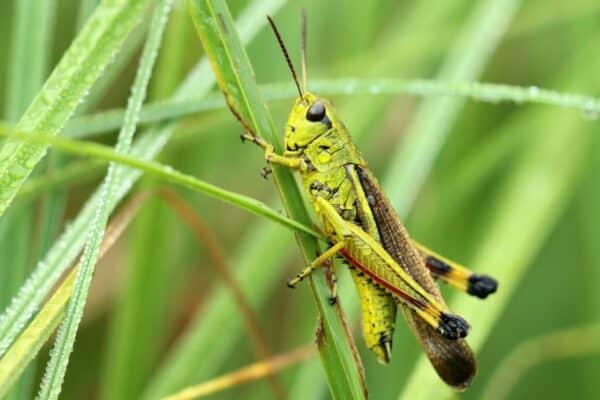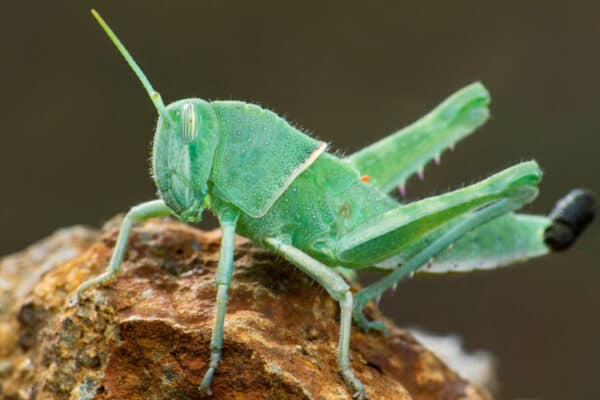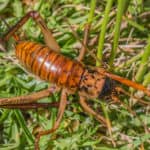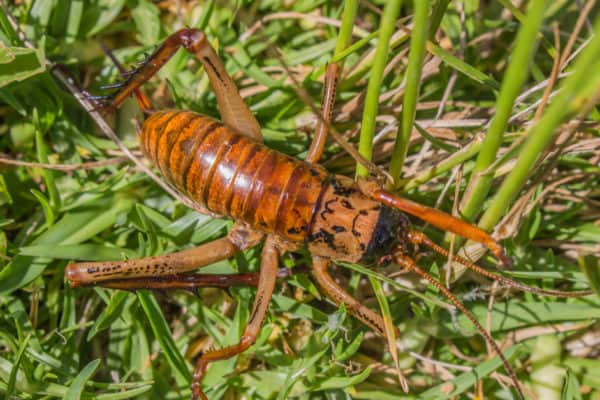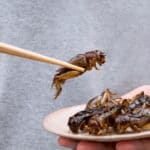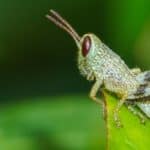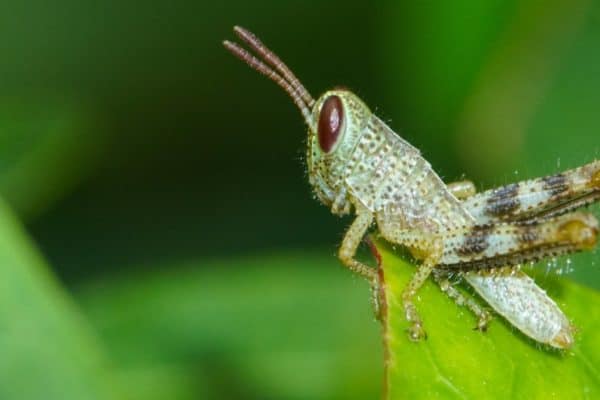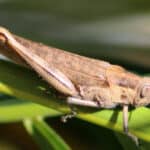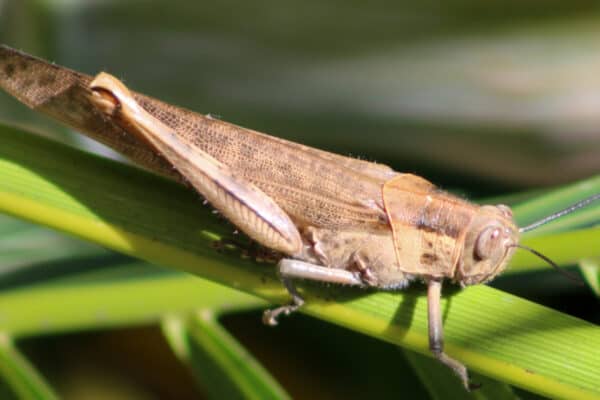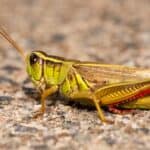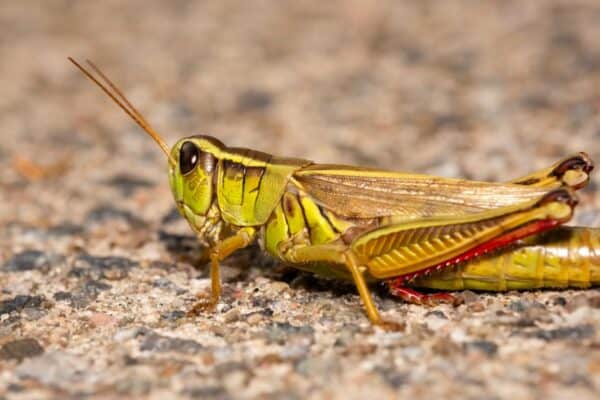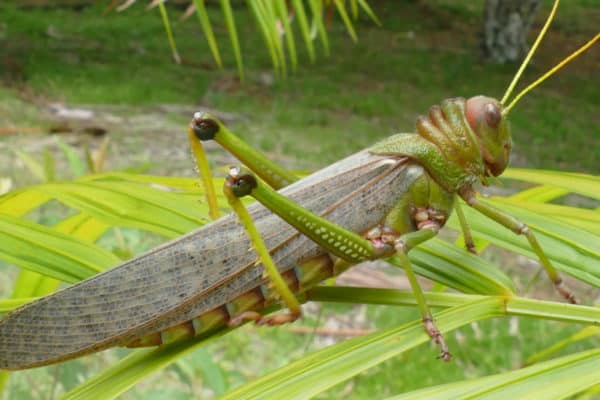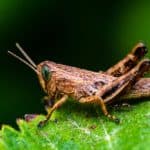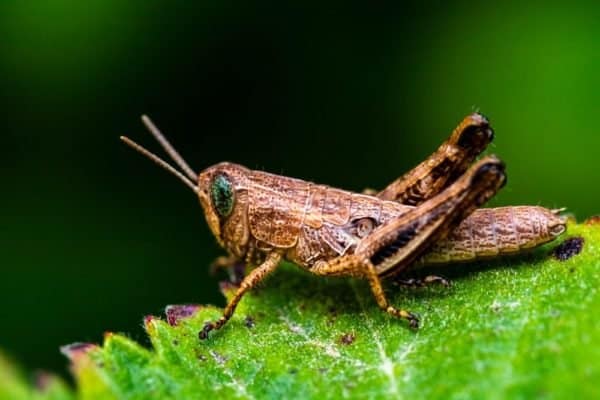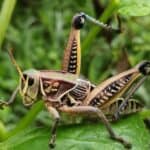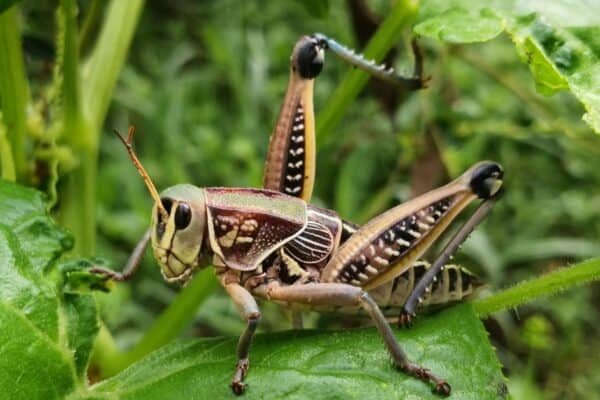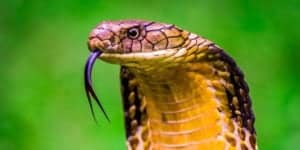Welcome to the Cricket Insect Quiz! Crickets are a fascinating group of insects that are known for their chirping sounds and diverse habitats.
They are found in nearly every part of the world and play important roles in the ecosystem as pollinators, predators, and prey.
Whether you’re a seasoned entomologist or just someone who loves nature, this quiz will test your knowledge of these fascinating insects and their unique characteristics. Let’s jump right in and see how much you know about crickets!
What are the Distinguishing Features of Crickets?
Crickets are insects that belong to the order Orthoptera, which also includes grasshoppers and katydids. They are easily recognizable by their long antennae, large hind legs adapted for jumping, and distinctive chirping sound.
Some of the key distinguishing features of crickets include:
- Antennae: Crickets have long, slender antennae that are typically as long as, or longer than, their body. The antennae are used for sensing their environment and detecting sounds, vibrations, and scents.
- Legs: Crickets have large hind legs that are specialized for jumping. These legs have powerful muscles and a unique structure that allows crickets to leap great distances, up to 50 times their own body length.
- Wings: Many species of crickets have wings that are used for flight and for producing sound. The wings are typically leathery or membranous and are folded over the back when not in use.
- Body shape: Crickets have a cylindrical, segmented body that is usually brown or black in color. They have three pairs of legs and two pairs of wings, with the front wings being larger and used for flight.
- Sound production: The most distinctive feature of crickets is the chirping sound they produce, which is created by the movement of their wings against each other. Male crickets use this sound to attract mates and establish their territory.
By observing these distinguishing features, you can easily identify a cricket and distinguish it from other insects.
How do Crickets use Sound to Communicate and Attract Mates?
Male crickets will make noises or chirps to produce sounds. They rub their front wings together to make these sounds. This type of behavior is called “stridulation” and it is used to attract females as mates. While this sound is happening, a cricket’s wings will be lifted.
In fact, crickets need to lift their wings at a 45-degree angle and draw the scraper into one of their wing wrinkles on the underside of their opposite wing. This part of the wing is called a file. It’s a similar process to running your fingers against a comb.
Interestingly enough, male crickets are the sole communicators of this species of insect. The females will wait for songs that males sing to initiate a mating ritual.
What are the Three Stages in the Life Cycle of a Cricket?
Crickets have a simple life cycle of three stages:
- Egg
- Nymph
- Adult
The first stage of the cricket’s life cycle is the egg stage. During this phase, female crickets will lay their eggs in moist soil or other suitable environments such as woodpiles or leaf litter. Female crickets usually lay up to 1000 eggs at once.
Once hatched, crickets enter the nymph stage which is also known as the juvenile or immature stage. During this time, they are white and wingless but still have six legs like an adult cricket would have. As they mature over time, they develop wings and begin to turn yellowish-brown in color until eventually reaching adulthood. It generally takes about four weeks for them to reach full maturity during this stage.
Once fully matured, a cricket enters its adult stage where it will live for up to one year before dying off and beginning the cycle again. Adult crickets grow wings, allowing them to fly short distances when necessary and make loud chirping noises as part of their mating ritual.
They feed on plants and insects but can also be preyed upon by other animals such as birds and small mammals if not careful enough while out hunting or flying around their environment looking for mates.
What is the Significance of Crickets as a Food Source for Other Animals?
Crickets are an essential food source for many species of wildlife because they provide an abundant, easily-accessed source of nutrition. They can be found in many different habitats around the world and are eaten by a variety of animals, from small rodents to large mammals. A single cricket can provide up to 10% of an animal’s daily calorie needs.
This makes crickets a valuable resource for creatures that don’t have access to other sources of protein or calories. In addition to being an important food source, crickets also play a crucial role in the environment by helping to break down organic matter into its nutrient components. They consume decaying plant material, which helps recycles nutrients back into the soil and re-energize it with new life-giving elements. Crickets also eat insects that are considered pests, such as aphids and caterpillars.
By doing this they help keep populations of these destructive bugs under control. Crickets have even been used as food by humans in some parts of the world for centuries! Not only are they high in protein and low in fat, but their crunchy texture makes them a unique culinary experience unlike anything else out there.
In recent years, cricket flour has become increasingly popular due to its nutritional benefits and sustainability as a viable food source for people as well as animals.
Other Interesting Cricket Articles:
Check out some of these other great pieces on crickets, you may learn something:




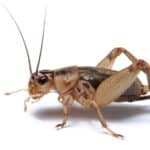
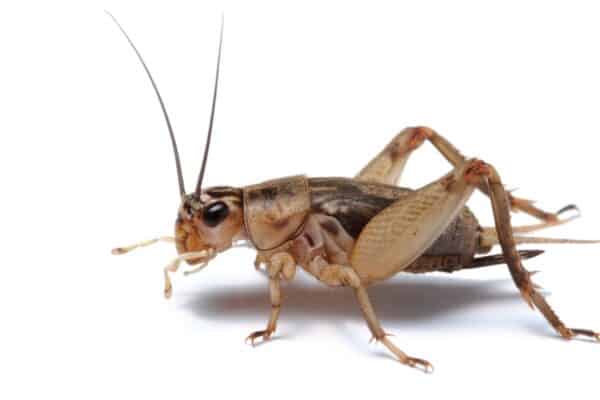
 iStock.com/PetrP
iStock.com/PetrP